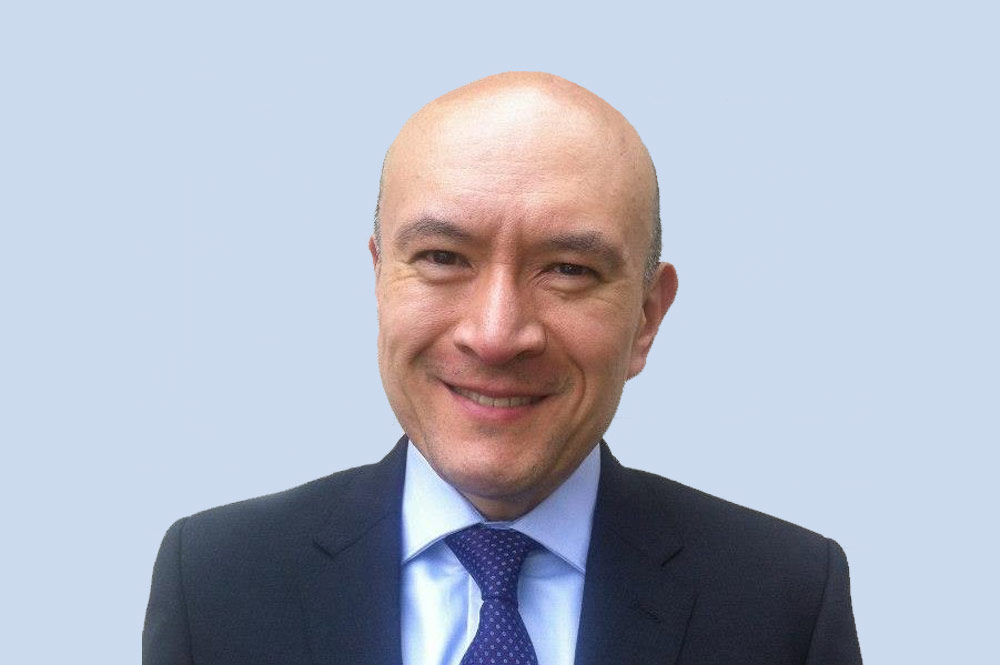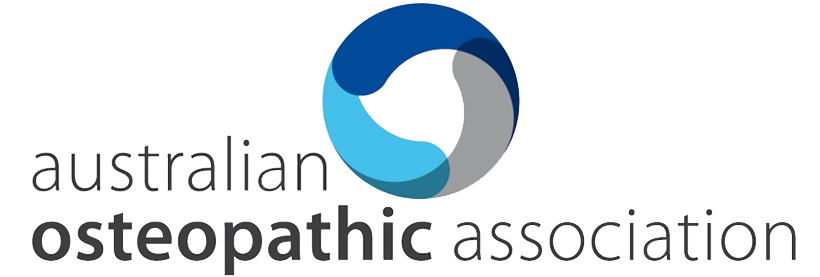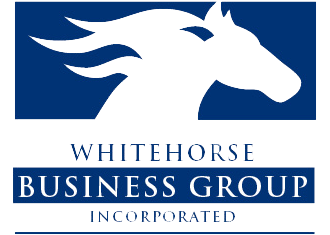Head Check?
Whenever you are on the street, whether as a pedestrian or as an operator of a vehicle, the ability to do a head check is very important to your safety. Head check is a term used particularly in the motorcycle rider training to describe the action of turning your head and looking over your shoulder to check to see if someone is in your blind spot. A similar manoeuvre is important for any one operating a vehicle on the road. In particular it is important before changing lanes. With a move to higher density housing and greater use of street parking there is so much more of a need to be able to know what is going on all around you. So, if you have a stiff neck the risk of an incident is increased.
As an Osteopath, I see many people who have been affected in this way and have helped by restoring and when necessary maintaining people’s optimal range of movement. Patients can have such conditions for a number of reasons. Some have only had the condition briefly e.g. they slept badly and woke up with it while others may have had an injury from the past e.g. whiplash or sporting injury.
In terms of driving a car, it could be argued that with the correct set up of your mirrors you should be able to cover all your rear vision. There is a method that I re-visited a few years ago and I have a link to it here:
Changing your mirrors:
http://www.wikihow.com/Set-Rearview-Mirrors-to-Eliminate-Blind-Spots
However, just to be on the safe side, I always do a headcheck and utilize as much peripheral vision as possible before changing lanes while driving or riding.
In a similar vein reversing the car quickly becomes an issue not only as a result of a stiff neck, but sometimes a stiff mid or lower back. Some of these issues seem to have been addressed with reverse parking cameras and sensors in modern cars. However, it’s almost human nature to want to have a look around to see if there is any danger.
In many occupations, we are in doors more often than not and we can almost become detached from the weather condtions out side. Having ridden two wheels of various forms, I know that it is important to wear the correct gear to suit the conditions. Things like turtle furs and neck tubes are a great way to keep a layer of warmth around your neck. Apart from these outdoor pursuits, I often advise patients to utilize these and/or scarves to maintain heat around their neck after treatment in order to get the best results. Unless of course it is a very hot day.
So, if you are having any difficulty seeing everything around you when you walk, ride, drive or fly, you may well benefit from Osteopathic treatment.
[PressGraphLike]



